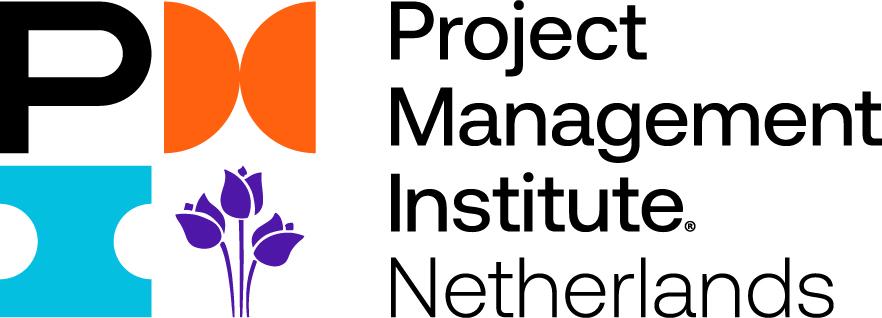August 16 2020 at 12:04PM
PMI Most Influential Projects | #5 Human Genome Project
Deciphering the roughly 30,000 genes that make up human life would have been challenging enough. Add in that the technology needed to do it hadn’t yet been invented—and that the project team spanned 20 research centers in six countries—and the odds get steeper still. The Human Genome Project wasn’t just on the frontiers of science. It was drawing the map as it went.
“It was a free-for-all” in the early days, recalls Aristides Patrinos, PhD, then director of biological and environmental research at the U.S. Department of Energy (DoE). The project, officially launched in 1990, drew on experts from the DoE, the U.S. National Institutes of Health (NIH) and the U.K.’s Sanger Centre (later the Wellcome Sanger Institute), as well as support from 17 university and lab sequencing centers.
To deliver the fully sequenced genome detailing the order of DNA nucleotides, leaders made the unconventional choice to first map the genome: identifying each gene and measuring its distance from other genes on the chromosome. They opted to leave the sequencing for later, betting that computer technology would evolve to enable the final step. Without best practices to draw from, project leaders had to corral input from hundreds of diverse stakeholders and sources—from individual scientists to expert advisory councils and topic-specific workshops.
That painstaking collaboration produced a full map of the genome. The time-intensive approach had generated “a lot of good research,” says Patrinos. But step two still loomed: “We [did] not have the human genome sequence—the holy grail.”
Meanwhile, private companies began looking into sequencing, ultimately led by Celera and founder Craig Venter. The Human Genome Project rethought its approach. “We agreed to transform from something ‘bottom up’ to ‘top down,’” Patrinos recalls. The DoE and NIH consolidated their resources, keeping only the five most productive and efficient sequencing centers. The shift proved effective, as efforts accelerated, with a working draft of the genome announced in 2000.
Just three years later, 50 years after the double helix was discovered, the Human Genome Team declared it had successfully sequenced the entire genome—two years ahead of schedule and roughly US$300 million under budget. The historic innovation did more than crack open a new field of scientific possibility. It showed that when scientists break free of their institutional silos, almost anything is possible.



